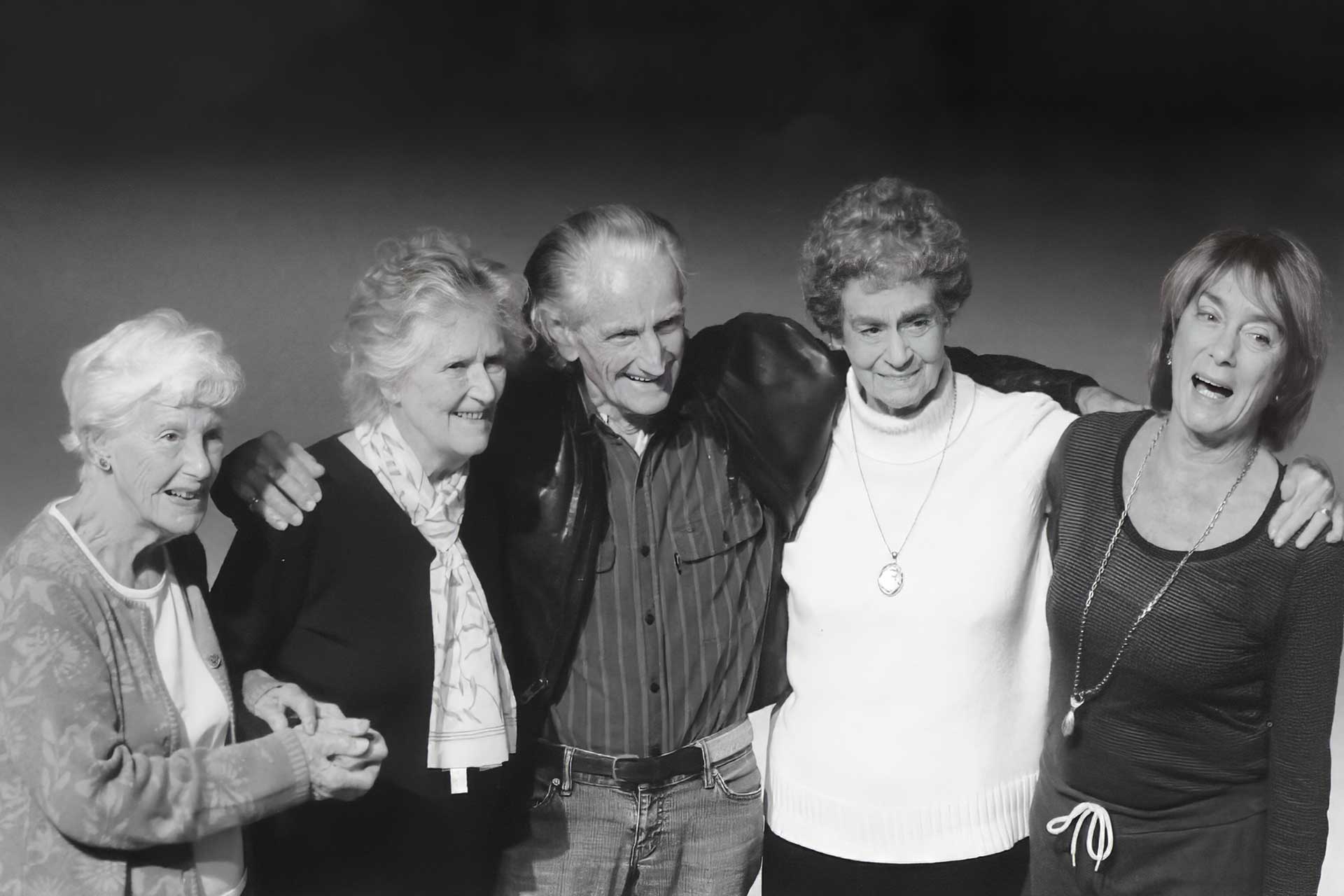people » Henry Danton
Henry Danton (1919-2022). British dancer and teacher
Handsome and dashing, clever and full of life and good humour, Henry Danton was born into an army family in Bedford in 1919. He was educated as a King’s cadet at Wellington College, and joined the army in 1939, but when on sick leave in 1940, following a back injury, was introduced by a friend to the teaching of Judith Espinosa. Almost overnight a new life unfolded for him. Although an avid ice skater, ballet had not been contemplated, but was ‘in his bones’ so to speak.
After only 18 months of training, Danton joined first the short-lived Allied Ballet, and then Mona Inglesby’s International Ballet. He joined the Sadler’s Wells Ballet in 1944. Here he began studying with Vera Volkova in her West Street studio, and his lifelong passion and interest in Russian training began. Volkova helped Danton to understand and fill the gaps in his training. He was one of the original dancers in Robert Helpmann’s Miracle in the Gorbals in 1944, and in 1946, partnered by Moira Shearer, he was one of the six dancers on whom Ashton created Symphonic Variations for Covent Garden. In his time with Sadler’s Wells Ballet, Danton also danced with Margot Fonteyn, Beryl Grey and Violetta Elvin, among others.
In 1946, Danton went to Paris to study with some of the leading Russian teachers of the time, including Viktor Gsovsky and the ballerinas Olga Preobrajenska and Mathilde Kschessinska. From here he danced with various companies, including the Ballet de Champs Élysées and a tour of the United States of America with Roland Petit’s Ballet de Paris as first classical dancer. He also appeared as a guest artist and later artistic director of The Australian National Ballet. America eventually became his home; for more than six decades, until well into his hundreds, he taught and choreographed there extensively, and he also worked in Latin America, where he was an important influence on the ballet companies being formed in Venezuela and Colombia. He died in 2022.

